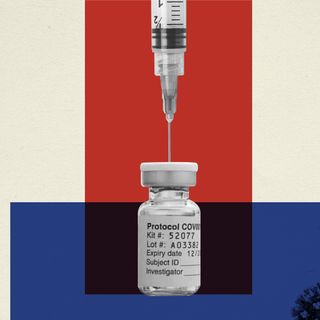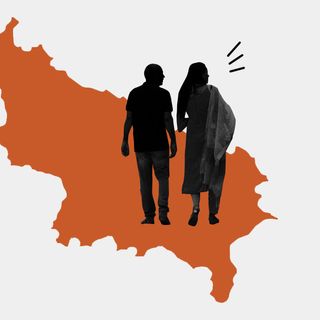On any given day in India, an average of 10 Dalit girls and women are raped across the country, with the sexual violence meted out by men from oppressor castes in a majority of the cases, according to a new report conducted by Equality Now and Swabhiman Society. The caste-based sexual violence is used as a weapon to oppress Dalits and capitalizes on gendered power dynamics to maintain caste hierarchies across the country.
These societal hierarchies of gender and caste, then, are used to silence Dalit women and girls through threats and a consistent failure by the police to register complaints by survivors. This has resulted in a stubborn culture of “violence, silence, and impunity,” the report found.
The report zeroed in on 40 cases of sexual violence in Haryana to explain how such crimes occur with frequency and impunity. The organizations found 62.5% of the 40 were gang rape cases, indicating “the collective nature of this crime, whereby sexual violence against Dalit women and girls takes the form of a collective exercise of power and authority by dominant caste members.” More than 80% of total cases were caste-based, and a majority of the perpetrators escaped convictions. The only cases that resulted in convictions were the most heinous — a combination of rape and murder, or committed against girls under the age of 6. For other, older survivors, a culture of imposing compromises and settlements on the survivor and their families pervaded. In these regions, communities, area khap panchayats, and local police were found to intervene on behalf of the perpetrators, in an attempt to intimidate the survivors.
Related on The Swaddle:
The Dalit Caste Identity of Hathras Victim Is Vital to Recognizing Her Rape as a Casteist Crime
This happens through bureaucratic processes that have almost no supervision by lawmakers. Therefore, these processes don’t take into account the protections that ought to be accorded to survivors under law, such as police protection, victim compensation, and other mental and physical health care. Instead, cases are often declared “false” at much higher rates in the state of Haryana than the national average, with almost 42% of all rape cases dropped by the police in the middle of an investigation.
The compromises survivors and their families are forced to accept often take the form of coercion — dominant caste members were found to file baseless counter-suits to intimidate survivors, to use political influence that trickles down through the police system to escape prosecution, and to threaten the survivor with physical violence, social boycott, or job loss. Khap panchayats — caste-based local governing bodies — also play a role in pressuring the families of survivors to accept the compromise, as they’re often made up of people of the dominant caste and prioritize caste solidarity above extending support and security to the survivor.
These compromises happen outside the law and feed into the stigma around sexual violence that further deters survivors from reporting the abuse. Other factors that contribute to this culture of silence include the outdated, traumatic two-finger test, which medical professionals use to determine the presence or absence of a hymen, as a way to prove sexual violence has taken place. Such faux medical ‘evidence’ is then used to determine the moral character of the survivor, painting them as sexually promiscuous, with a propensity to engage in other morally bankrupt behaviors such as lying, therefore painting them as undeserving of justice.
Related on The Swaddle:
Hindutva Extremists Are Attacking Anti-Caste Music in Punjab. The Hate is Not New.
And if survivors ever even reach the court, as happened in 25 of the cases evaluated in the report, a harmful, hostile judicial process proves yet another barrier to obtaining justice. Only seven of the 25 managed to convict the perpetrator, with the rest either dismissed or currently ongoing (for far longer than stipulated by law). In these processes, the police hardly ever inform survivors of their legal rights; the prosecutors appointed by the State do not communicate with their clients or their clients’ families and often try to push clients toward settlements. Survivors are often not allowed to choose their own representation, are subjected to insensitive and hostile cross-examination from the opposition, and humiliated over months, or even years.
These issues, although pervasive for all gender-based violence, are especially dangerous for Dalit women and girls, because of caste hierarchies that keep them silent and afraid. “There are indications Dalit women and girls are specifically targeted for rape by dominant caste men who can rely on such impunity,” the report found. This means the social and financial status of Dalits, as compared to oppressor caste communities, plays a role in who gets targeted for sexual violence. It sheds light upon who, in a casteist society, is taken the least seriously, and who is the easiest to threaten with loss of life and livelihood.
To even begin to address the several different layers at play in this targeted abuse, caste needs to be at the forefront of policymaking, so crimes at the intersection of gender and caste address the root cause of such violence. Banning khap panchayats, increasing police accountability, and ensuring survivors are protected under the law are valuable next steps, according to the report. But as long as Indian societies value and uphold caste hierarchies, there will always exist loopholes through which our institutions exercise their bias, and the perspective that some people are less-than — a view that is one all-too-easy step away from deeming those people worthy of abuse.




